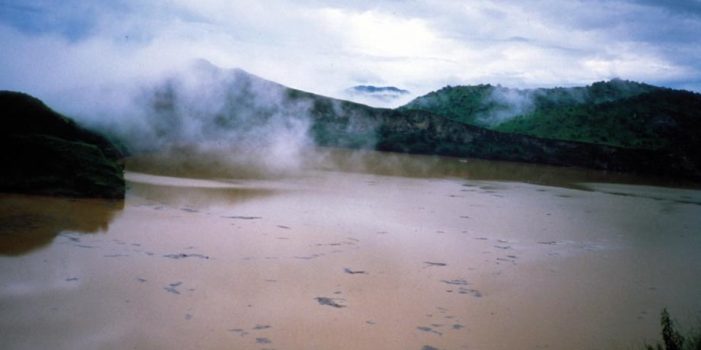Preparedness Notes for Wednesday — August 21, 2019
In 1986, Lake Nyos in Cameroon erupted with an estimated billion cubic yards of carbon dioxide gas. The gas had apparently been accumulating in the crater lake, held down by the weight of the water. When it finally erupted, the gas cloud smothered and killed every living animal, including insects, in its path until it dissipated. Outsiders learned of the disaster when they approached the villages and found animal and human bodies on the ground. The best estimate is that 1,700 people and thousands of cattle died. — SurvivalBlog Writing Contest Today we present another entry for Round 84 of …


